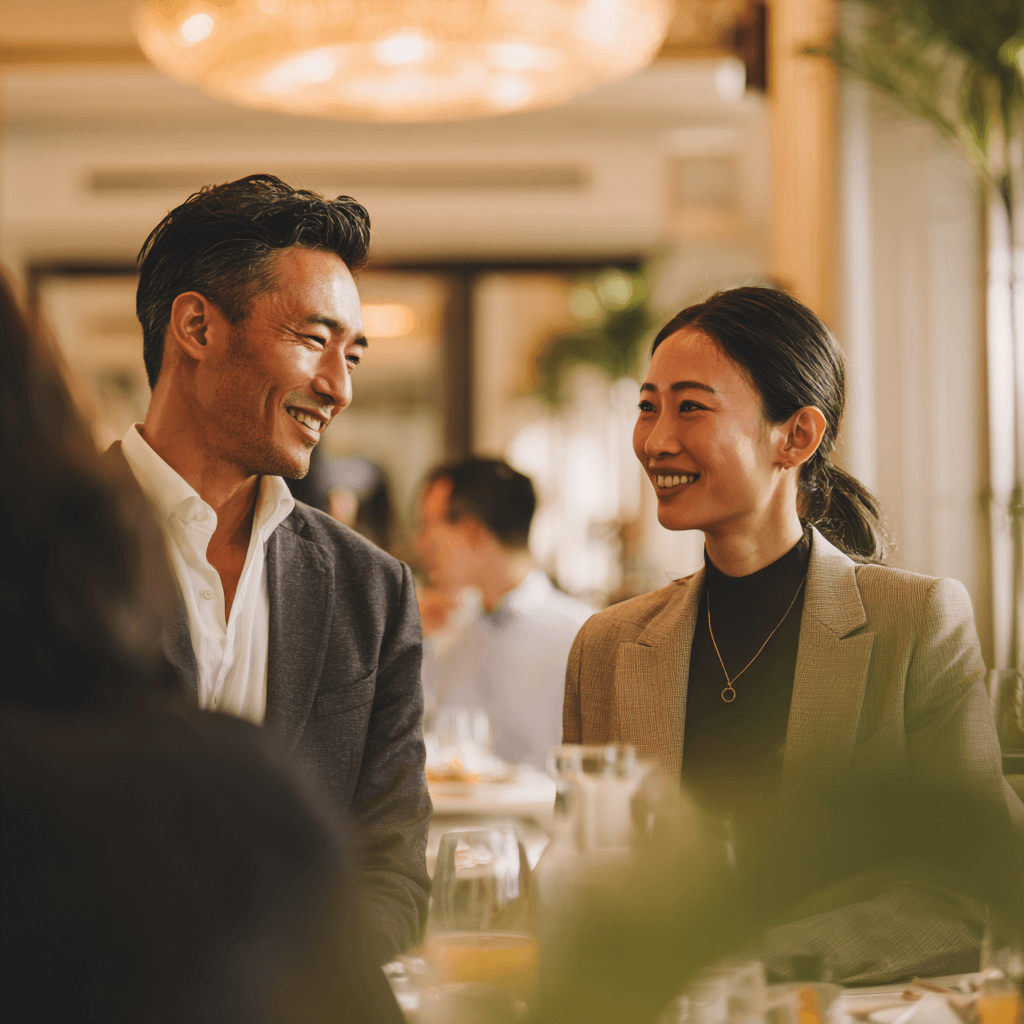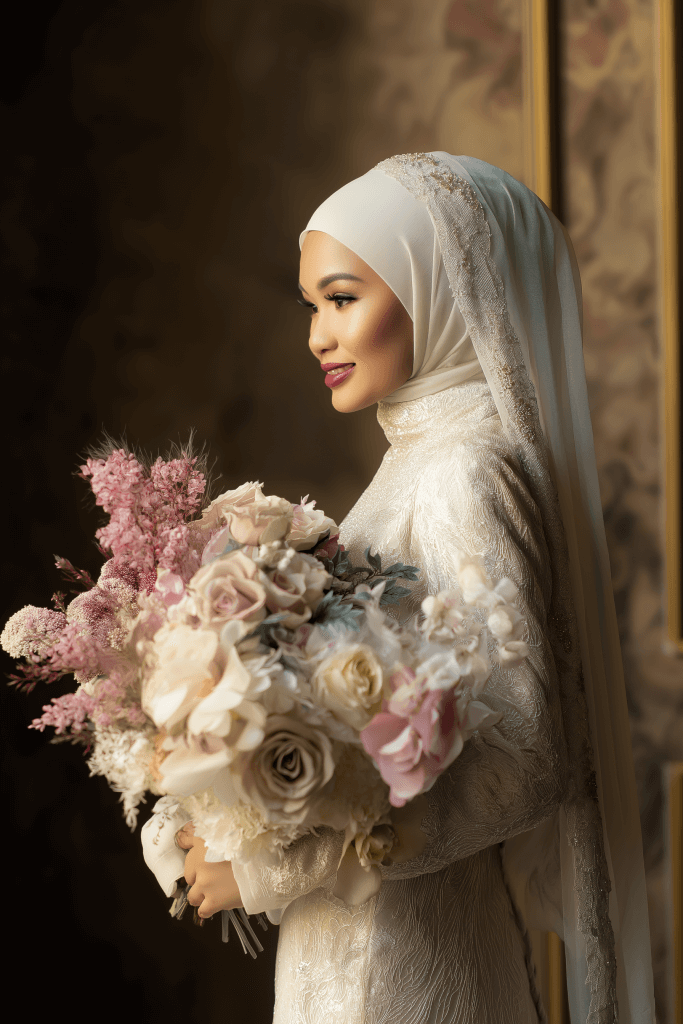Understanding the Asian culture relationship pattern requires exploring history, family structures, shared values, and the influence of modernity. While each region holds its own traditions, many common beliefs shape dating, communication, marriage expectations, and relationship behavior. Asian Americans often navigate both cultural heritage and Western norms. Modern platforms like matcher.soulmatcher.app also offer tools that align with cultural expectations of compatibility.
This article examines traditional values, dating norms, relationship dynamics, marriage expectations, gender roles, evolving behaviors, acculturation, and mental well-being.
Foundation of Culture and Values in Relationships
Asian cultures emphasize upbringing, family unity, respect, and deeply rooted values. These guide how individuals approach emotional connection, commitment, and long-term partnership.
Many Asian families prioritize loyalty, sacrifice, compassion, and acceptance. These values shape how couples resolve conflicts, express emotions, and define responsibilities.
Cultural norms around dating, communication, and marriage have shaped relationship behavior for centuries and continue to influence modern couples.
Traditional Values and Their Role Within Relationships
Traditional values appear strongly in the Asian culture relationship pattern. They emphasize harmony, family approval, obedience, politeness, and unity.
Norms such as respecting elders, fulfilling family responsibilities, and balancing gender roles influence how individuals approach dating, partnership, and long-term planning.
These values create relationship structures centered around shared responsibilities, loyalty, and a clear understanding of each person’s role within the family.
Relationship Dynamics and Daily Interactions
Relationship dynamics in Asian cultures often prioritize harmony, emotional control, and respectful communication. Many individuals are raised to avoid conflict, maintain calm interactions, and protect family unity.
Indirect communication and emotional restraint are common, with compassion and acceptance guiding daily interactions.
Younger generations now seek more openness, balance, and emotional expression. Compatibility-focused platforms like matcher.soulmatcher.app support individuals exploring relationships aligned with both tradition and modern expectations.
Dating Norms Within Asian Cultures
Dating is often approached with seriousness and long-term intention. Casual dating may be discouraged in traditional households, where relationships are expected to progress naturally toward commitment or marriage.
Family involvement is common, with elders playing a significant role in evaluating potential partners. Respectful behavior, boundaries, and concern for reputation shape dating expectations.
Younger individuals, especially in diaspora communities, blend traditional values with modern dating styles influenced by global culture and technology.
The Role of Family Within Relationships
Family plays a central role in Asian relationship patterns. Romantic involvement often connects two families rather than two individuals.
Parents and elders may influence decisions regarding dating, engagement, and marriage. Their perspective is deeply respected.
This involvement can offer support and security, but it may also create pressure when personal preferences differ from family expectations.
Gender Roles and Expectations Within the Relationship
Traditional gender roles remain influential across many Asian cultures. Men may be expected to provide financial stability, while women may take on caregiving or household responsibilities.
These expectations vary widely by region and family. Modern values increasingly encourage flexible, equal partnerships.
Asian Americans often blend traditional beliefs with Western perspectives on independence, equality, and shared responsibilities.
Marriage Traditions and Expectations in Asian Cultures
Marriage carries significant cultural weight. It symbolizes loyalty, stability, and lifelong partnership built on shared values and family approval.
Ceremonies often include rituals rooted in religion and tradition. Expectations may include marrying at a culturally appropriate age or choosing a partner who aligns with family values.
Modern couples increasingly prioritize emotional compatibility, personal fulfillment, and balance between tradition and individuality.
Traditional Gender Roles in Marriage
Traditional marriage structures often place men in leadership or provider roles and women in nurturing or household roles. These expectations have shaped many family systems.
However, modernity, education, and global exposure have shifted these dynamics. Many couples now embrace shared decision-making and equal partnership.
Diaspora couples often create hybrid models combining cultural heritage with contemporary expectations.
Beliefs, Values, and Cultural Norms That Shape Behavior
Beliefs and values influence communication, emotional expression, and conflict resolution. Cultural norms often emphasize humility, harmony, loyalty, and prioritizing family or community over individual desires.
These values shape behavior across dating, engagement, and marriage. Compassion, acceptance, and dedication remain core relationship principles.
Modernity, Change, and Evolving Relationship Dynamics
Modernity significantly reshapes relationship expectations. Younger generations embrace individuality, emotional openness, flexible roles, and digital communication.
Asian Americans navigate dual identities, balancing heritage with individualistic cultural norms around them. This can create tension but also opportunities for self-expression and mutual understanding.
Platforms like matcher.soulmatcher.app support individuals seeking relationships that merge tradition with modern compatibility.
Mental Health and Relationship Well-Being
Mental health is increasingly recognized as a vital aspect of relationship satisfaction. While emotional struggles were once kept private, modern perspectives encourage openness, communication, and therapy.
Couples who support each other emotionally, manage stress together, and communicate openly tend to build stronger, healthier relationships.
Cross-Cultural Relationships and Acculturation
Cross-cultural relationships involve merging different values, beliefs, and expectations. Many Asian Americans experience this as they date outside their cultural community.
Acculturation plays a significant role, requiring understanding, communication, and mutual respect. These partnerships often benefit from blending values from both cultures.
Πόροι συμβατότητας όπως matcher.soulmatcher.app μπορεί να βοηθήσει τα άτομα να κατανοήσουν τις πολιτισμικές και προσωπικές τάσεις όταν πλοηγούνται στις διαπολιτισμικές σχέσεις γνωριμιών.
Συμπέρασμα
Έτσι, το μοτίβο σχέσεων της ασιατικής κουλτούρας διαμορφώνεται από την παράδοση, την επιρροή της οικογένειας, τις κοινές αξίες και τις βαθιά ριζωμένες πολιτισμικές προσδοκίες γύρω από την επικοινωνία, τους ρόλους και τον γάμο.
Καθώς η νεωτερικότητα εξελίσσεται, οι νεότερες γενιές υιοθετούν πιο ευέλικτα, συναισθηματικά ανοιχτά και προσανατολισμένα στην ισότητα πρότυπα σχέσεων. Οι Ασιάτες Αμερικανοί αναμιγνύουν περαιτέρω την παραδοσιακή κληρονομιά με τις δυτικές νόρμες.
Σε όλες τις παραλλαγές, οι επιτυχείς σχέσεις βασίζονται στην εμπιστοσύνη, τη συμπόνια, την αποδοχή και την ισορροπία μεταξύ πολιτισμικής παράδοσης και προσωπικής ελευθερίας.













